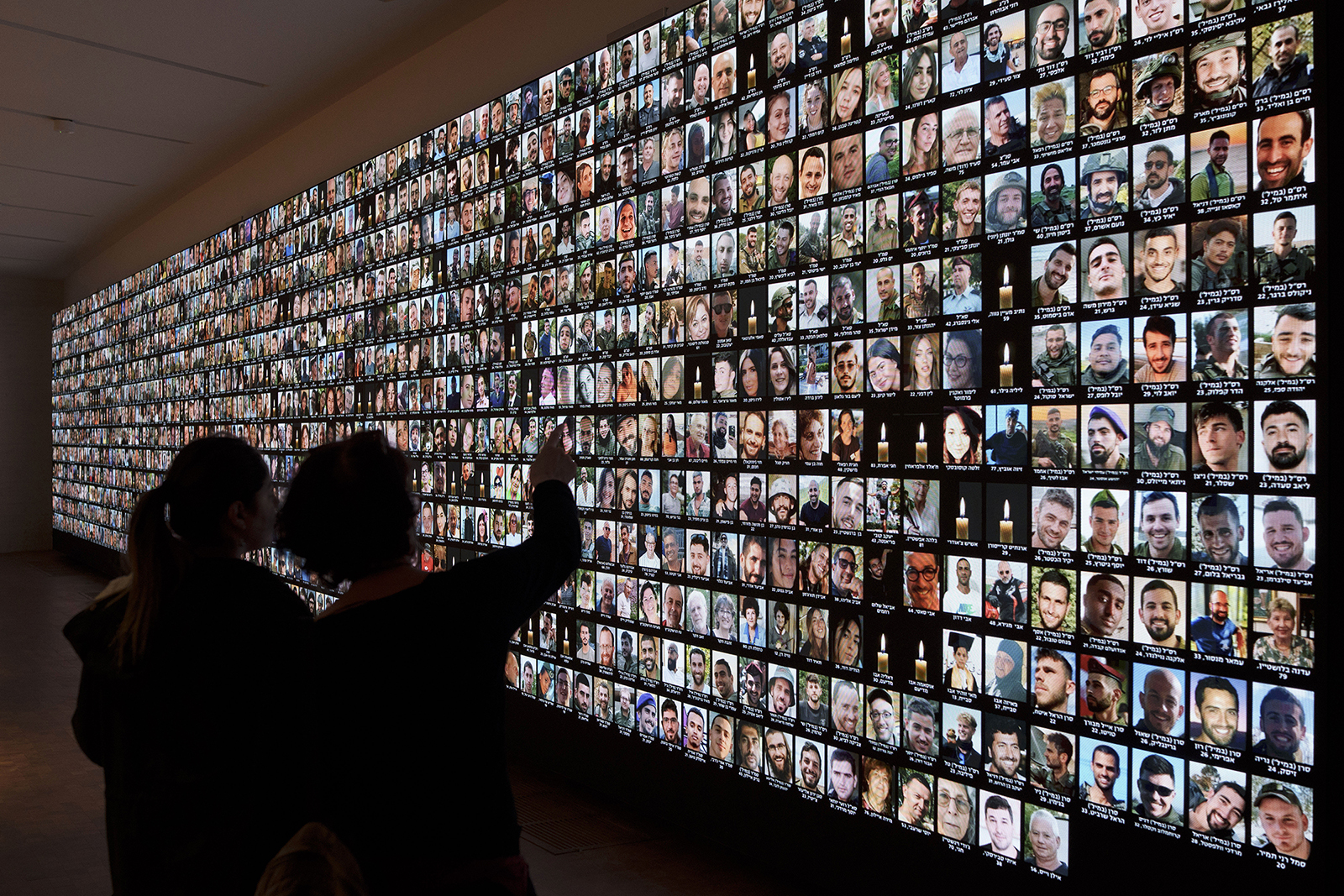The Jewish summer weeks of mourning
(RNS) — The advent of summer fills me with dread.
Not that I don’t enjoy warm days, barbecues or vacations. They’re all very nice. But, as an Orthodox Jew, summers, to me, also mean days of fasting and mourning.
That’s because two major Jewish fast days, Shiva Asar B’Tammuz and Tisha B’Av, loom — the first, this year, on July 23; the second, on Aug. 12. They bookend a period of bereavement. The latter fast day begins the previous evening, for a 25-hour shunning of food and water. During the “Three Weeks” between the two sorrowful days, we don’t eat meat, listen to music or hold weddings.
The first of the two summer fasts commemorates the breach of the walls of Jerusalem before the destruction of the Second Holy Temple by the Romans in the year 69; and the second fast, the destruction of each of the ancient Jewish Temples (the first, by the Babylonians, some four centuries earlier).
On or near that Jewish calendar date — Tisha B’Av means “the Ninth of (the Jewish month) Av” — other national Jewish tragedies took place over the course of history. The First Crusade, launched in the summer of 1096, saw the massacre of 10,000 Jews in its first month. Jews were expelled from England on the ninth of Av in 1290; from France in 1306 on the 10th; from Spain in 1492 on the 7th.
World War I, in 1914, began on that Jewish calendar day, too; the “Great War” was, in a way, the prelude to the Second World War, whose seeds lay in Germany’s anger at the terms that ended the first conflict. And, of course, the second one included the Holocaust.
All that said, the main focus of Tisha B’Av is squarely on the destruction of the temples in Jerusalem and subsequent exiles of the Jewish people from the land the Torah describes as entrusted to them. It’s these events that prompt observant Jews to sit on the floor or low stools on Tisha B’av and read hours of dirges.
As I contemplate, and am pained, by the mourning days that lie ahead this summer, I can’t help but think of the times we are living through now, the resurgence of antisemitism worldwide and the hatred aimed at Israel for the tragic deaths of innocents that have come as part of a quest to vanquish an enemy sworn to her destruction.

FILE – Visitors look at photos of Israeli people who were killed during the Hamas attack on Oct. 7 and those who died during the Israel-Hamas war in the Gaza Strip, displayed on a giant screen at the National Library in Jerusalem, Israel, Jan. 28, 2024. (AP Photo/Leo Correa, File)
But I am also reminded that, even as protesters deny the Jewish connection to the Holy Land or characterize Israel as an interloper and “occupier” of a land that “belongs” to others, they reveal a chasmic ignorance of history, and of the faith we show in our prayers in this summer season. Jews have lamented their exiles from the land every year for centuries, indeed for millennia.
To be sure, Arabs have lived in the Holy Land for centuries. But there has been a Jewish presence in the land since the time of Joshua, even after the destruction of the temples and the expulsion of most Jews from the land.
Many who today lay claim to the label “Palestinians” are in fact descended from successive waves of people who came to the area from other places — places like Egypt, from which successive waves of immigrants arrived at the end of the 18th century, fleeing famine, government oppression and military conscription at home.
The 19th century saw further Arab immigration to the land from Algeria and what is now Jordan. Bosnian Muslims, too, came in fairly significant numbers.
Later on, in tandem with the Jewish return to the land, employment opportunities drew yet more Arab immigration. As the Peel Report noted in 1937, “The Arab population shows a remarkable increase … partly due to the import of Jewish capital into Palestine and other factors associated with the growth of the (Jewish) National Home …”
Still and all, when Israel declared its statehood in 1948, there was a sizable Arab population in the country. To pretend otherwise is to deny facts. And the desires and aspirations of that population and its descendants who remained in the land cannot be ignored.
But neither can the history and the reality that I recognize as I sit low on Tisha B’Av and lament how my ancestors were cast from the land I believe God bequeathed the Jewish people; the angry, widespread and ignorant denial of that connection will be a new part of my lamentation.
(Rabbi Avi Shafran writes widely in Jewish and general media and blogs at rabbishafran.com. He also serves as public affairs director of Agudath Israel of America. The views expressed in this commentary do not necessarily reflect those of Religion News Service.)




